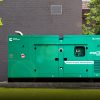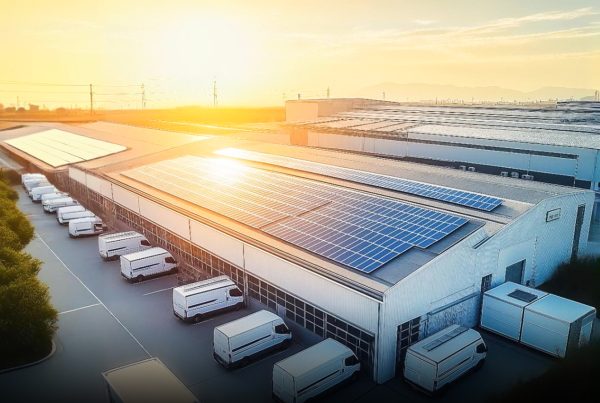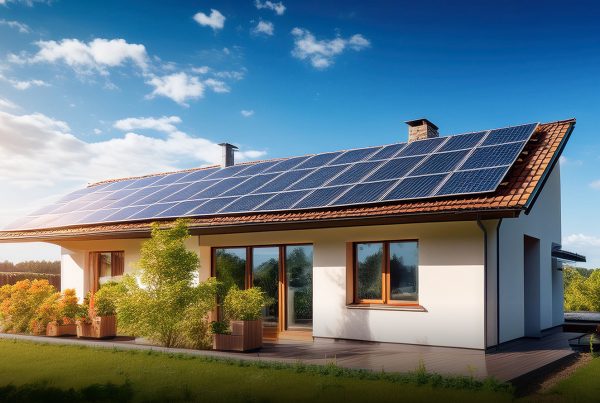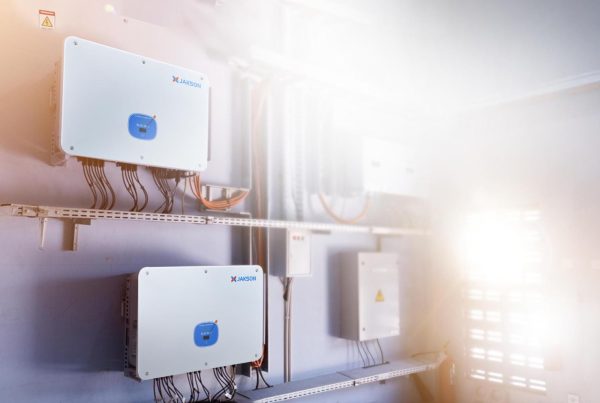Solar cell technology has come a long way since the development of the first solar cell in 1888 by Aleksandr Stoletov. While the contribution of Stoletov to PV module technology cannot be denied, his solar cells with efficiencies of less than 1%, could hardly produce enough energy for any meaningful usage. The credit for breakthrough in this area solar cells was achieved by Bell Labs in the year 1954 that produced solar cells with efficiencies of upto 6% and were used for high-tech applications by leading research institutions.
Over the next few decades, solar cell and module technology underwent remarkable advancements, with a focus on increasing their efficiency. Currently the market is dominated two kinds of modules made from two dominant of solar cell technology – Poly and Mono, each with its own set of advantages.
Between the two, the efficiency of a mono cell is higher compared to poly. However, cost efficiencies of poly have ensured a steady market for both over the past few years. As of 2018, the most efficient solar modules available in the market, were mono-crystalline cell based modules with an efficiency of almost 22%, under ideal conditions.
Half Cut Solar Cell Modules
Half cut cell modules is a new technique for manufacturing solar modules that has been gaining traction over the past few years. These modules use either mono or poly cells. However, the way they are assembled in a module together have been changed to deliver more efficiency from a module.
Let us understand this further.
In a standard solar PV module, multiple solar cells are assembled to create a solar module of pre-defined watt. In half cut solar module, the same cells are cut in the middle and placed together to create the module as per defined watt. The cells are cut using laser technology. This process helps reduce the losses that occur during flow of current from one cell to another within a module. Cutting a cell into half reduces the resistance loss on the entire interconnected chain of solar cells of a module, thereby increasing efficiency. As per current industry trends, half-cut solar cell modules have been reported to increase power output by 5 to 8 W per module, depending on the design and cell type.
The reason behind this enhanced efficiency is some complex science and arithmetic. Cutting a cell into two parts reduces the internal current capacity by half which accordingly reduces the power loss. However, power loss is proportional to the square of the current. The power loss in a half cell is therefore reduced by a factor of four. By reducing the power loss, the fill factor is increased, which improves the capacity of the cell to produce more current from existing light. (Source: REC)
The formula that determines this is = PLOSS = R.I2 where R is the resistance and I is the current.
Split Junction Box
One of the differentiating factors of a half cut solar cell modules is ‘dual’ or split junction box. In this type of junction box configuration, the function of the standard solar panel junction box is split into three different boxes, with an internal string and bypass diode in each.
A split junction box leads to lesser metallization than a standard panel in comparison to poly or mono panels and creates lesser internal resistance which saves space. The space saved as a result of this configuration helps create more space between cells, thereby increasing internal reflection of light from the back sheet into cell surface, which increases efficiency of the panel.
Advantages of Half Cut Solar Cell Modules
Higher Power Output – The increased efficiency of half cut solar cells produce higher power output compared to a traditional solar module. This in turn increased the overall efficiency of the entire solar power system – be it solar power packs, rooftop solar power plants and land based solar power plants.
Less Space Requirements – With increase in power output per module, the number of modules required for generating the requisite power in a land-based and rooftop solar power plant decreases which helps in reduces the space required for installation
Lesser Capital Costs – For large scale utility plants, lesser space requirements can help reduce the land required for setting up solar PV plants. This in turn can help reduce capital expenditure costs for solar power developers as land is an expensive input cost involved in setting up of large scale land-based solar power plants
Higher Returns – Higher output means more units to sell. For solar power developers that sell power to state utilities or private customers on long term power purchase agreements, high power output results in higher returns for their capital invested
Market Size and Future growth
According to a study by the International Technology Roadmap for Photovoltaic (ITRPV), an industry body tracking developments and trends in the field of crystalline silicon globally, the market size for half cut solar modules is set to grow significantly in coming years compared to just 2% in 2016. Considering, its significant market potential in the future, several leading solar module manufacturers globally as well as in India have started the process of building capability for manufacturing half cut solar cell modules. Many leading global solar module manufacturers have already launched their half cut solar cell modules in the market. The evolvement of this technology is one of the most followed technology trends in the solar module industry currently and could be a game changer in the coming years.
REFERENCES
- REC Whitepaper on Twinpeak Technology








